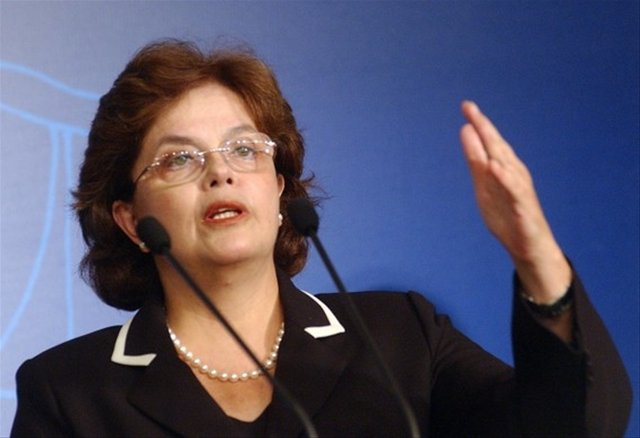
Despite pre-election poll predictions, the centre-left Workers Party (PT) presidential candidate failed to win outright in the first round of Brazil’s October 3 presidential elections.
PT candidate Dilma Rousseff, who won 46.7% of the vote, is seeking to succeed President Ignacio “Lula” da Silva. Lula was the first PT president and was elected in 2002. He still enjoys a record-high 80% popularity rating.
Dilma, a former guerrilla and Lula’s cabinet chief, will face off on October 31 against right-wing Brazilian Social Democratic Party candidate, Jose Serra who scored 33%.
With Lula constitutionally unable to stand for a third term, many predicted that Dilma would safely win in the first round with more than 50% of the vote on the back of Lula’s support.
An important factor in her falling short was the surprise showing for Green Party (PV) candidate Marina Silva, a former environment minister in the Lula government. Marina won almost 20% of the vote, well above the 12% she was polling.
A long-time campaigner in defense of the Brazilian Amazon, Marina broke with the PT government in 2008. She cited “the growing resistance found by our team in important sectors of the government and society” to attempts to defend the rainforest.
Marina is just one of many individuals and groups to become disillusioned with the PT as it has drifted from its radical roots.
When Marina announced her decision to run as the PV presidential candidates, some on the left saw her campaign as a potential vehicle to express disenchantment with the PT.
Yet, Marina’s vote can’t be said to represent a “green tsuami,” as one Brazilain newspaper described it. Nor was it simply a left rejection of the PT.
Marina’s vote occurred in a context of a fierce media campaign against Dilma — including dredging up her guerrilla past and supposed links with Colombian guerrillas. There were also corruption scandals involving PT members just weeks out from the vote, to which the media sought to link Dilma.
The media also sought to demonise Dilma among Christians (especially the Pentecostal community, which makes up 20% of the population) for past statements in support of legalising abortion that Dilma now rejects.
This campaign undermined Dilma’s vote and helped the evangelical Marina.
Marina was also captured votes from those disillusioned with both major parties. In fact, pre-polls showed 51% of Marina voters were inclined to vote for the right-wing Serra in the second round, compared to 30% for Dilma.
The shift of votes from Dilma to Marina largely came the lower middle class (or “C class”, representing 36% of the electorate), ironically one of the sectors that has faired best under Lula.
Some of the PV leadership have stated their preference for Serra in the second round, but it is expected the party will either call for abstention or let their supporters decide who to back.
Marina has not yet announced her position.
Relying on Lula’s popularity, the PT made important advances in the concurrent elections for Congress and governorships.
The alliance of parties supporting the PT came out strengthened, increasing its weight in the Senate and Chamber of Deputies.
This alliance now holds the three-fifths majority needed to approve constitutional reforms and completely new laws.
This increased majority will no doubt put more pressure on the PT to carry out changes. It will no longer be able to justify backwards steps taken on the need to negotiate and make concessions to opposition forces, as it did during its first two terms.